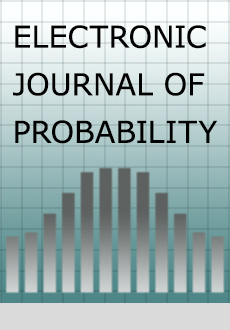Abstract
We derive multi-level concentration inequalities for polynomials in independent random variables with an α-sub-exponential tail decay. A particularly interesting case is given by quadratic forms , for which we prove Hanson–Wright-type inequalities with explicit dependence on various norms of the matrix A. A consequence of these inequalities is a two-level concentration inequality for quadratic forms in α-sub-exponential random variables, such as quadratic Poisson chaos.
We provide various applications of these inequalities. Among them are generalizations of some results proven by Rudelson and Vershynin from sub-Gaussian to α-sub-exponential random variables, i. e. concentration of the Euclidean norm of the linear image of a random vector and concentration inequalities for the distance between a random vector and a fixed subspace.
Funding Statement
This research was supported by the German Research Foundation (DFG) via CRC 1283 “Taming uncertainty and profiting from randomness and low regularity in analysis, stochastics and their applications”.
Acknowledgments
We are very grateful to an anonymous referee for numerous valuable remarks which helped improving this paper significantly.
Citation
Friedrich Götze. Holger Sambale. Arthur Sinulis. "Concentration inequalities for polynomials in α-sub-exponential random variables." Electron. J. Probab. 26 1 - 22, 2021. https://doi.org/10.1214/21-EJP606
Information





